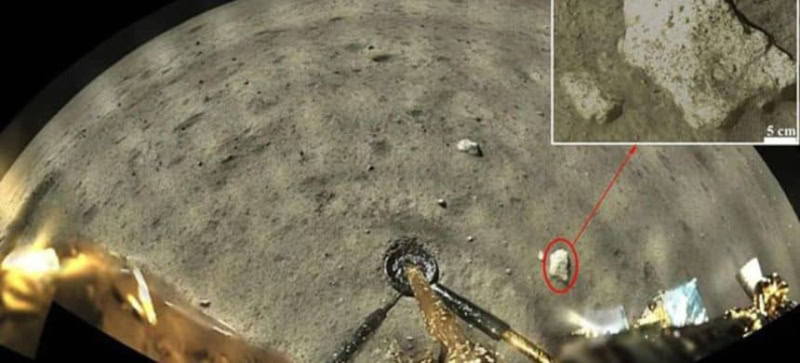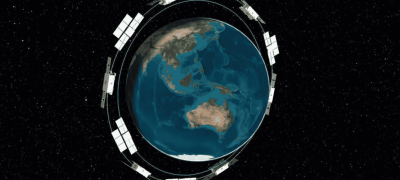Chinese scientists have made a groundbreaking discovery with lunar soil samples brought back by their Chang’e-5 probe. The analysis revealed water in its molecular form, H2O, combined with minerals, a significant finding as it was previously thought that molecular water could not exist in that part of the moon. This discovery marks the first time molecular water has been found in physical lunar samples.
Although water presence on the moon is not new, previous findings were based on observations from spacecraft or indirect evidence. The Chang’e-5 mission, which landed on the moon in 2020, returned samples showing a transparent crystal called ULM-1 containing about 41% water. This water is stabilized by ammonia, which helps it remain stable despite extreme temperature variations on the moon.
Read more: Chinese Lunar Probe Brings First Far Side Moon Samples
This discovery contributes to China’s growing space ambitions and could potentially support lunar habitation efforts. China’s space program has been rapidly advancing, with plans to land astronauts on the moon by 2030 and establish a research base. The finding has been hailed as a significant achievement, reflecting China’s technological capabilities and contributing to the global understanding of lunar water storage.
Despite the excitement, experts caution that the implications of this discovery for future lunar missions are still unclear. The presence of molecular water at mid-latitudes challenges previous beliefs about where water could exist on the moon. The study also highlights the potential for new research into water storage mechanisms on the lunar surface.
China’s advancements in space exploration have attracted attention from NASA, although direct collaboration remains limited due to past legislative restrictions. The Chang’e-5 samples are now accessible to international researchers, potentially fostering greater global cooperation in lunar science.
The discovery has sparked national pride among Chinese social media users, who view it as evidence of their country’s scientific progress. However, broader implications for space exploration and utilization of lunar resources will require further research and international collaboration.









